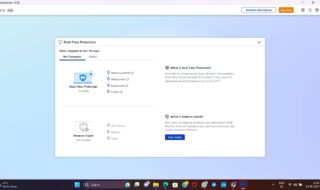Text-to-Speech or TTS is a type of technology used to translate written words into spoken voice. It is kind of reminiscent of your GPS navigation device or Siri who gives you directives from your smartphone. The synthetic speech didn’t hit the scene until around the middle of the 70s when it was implemented into computer operating systems.
There are more natural-sounding synthesized speech patterns being brought out all the time as more linguists, voice actors, engineers, and a variety of different methods are used to make the sound better. The easier it becomes and more advanced with systems that include text conversion to mp3, the more people are taking advantage of its use.
The Users of Text-To-Speech

When TTS initially came out, those with impairments such as learning and visual disabilities were the first to try the system. With different variations including text to mp3, users are better able to experience the internet, specifically those who are dyslexic or with lower levels of literacy. Jumping on the internet with the sheer volume of information thrown at you can be overwhelming to say the least for all of us but particularly difficult for these individuals. Text-to-Speech takes the stress away and gives the information in the best possible format for the optimal learning experience.
The elderly population is finding great comfort in text-to-speech. It’s very difficult for this audience to be able to view the data on the smartphone screens no matter how much you try to enlarge it. TTS saves all of that trouble and gives them much more freedom and security in using the internet as they choose.
New generations of multilingual families may be able to comprehend when their parents or grandparents are speaking the language but may not be as comfortable when it comes to writing, reading, or actually speaking the language themselves. This is a common issue in many households where the native language may not be a subject that is taught in the school system. Text-to-speech software makes it possible for them to access the content they would need to help understand by hearing the spoken word that is written in front of them.
The Text-to-MP3 and advances in text-to-speech technology are providing a great learning tool for students of every age whether it be for reading or learning a new language or overall accessing the internet’s information. Text-To-Speech will allow these students to have written words spoken to them so they can learn how they are supposed to be pronounced, what the word sounds like when spoken, how to sound it out when read. This assists with comprehension and is boosting confidence levels for students tremendously.
This kind of technology is a long time in coming and the advances made every day can’t come in fast enough. There are some people who have a fear of technology and how it may affect our future. But when you see advances that show potential for helping people in their efforts to learn in a variety of different capacities, that’s a positive change.



